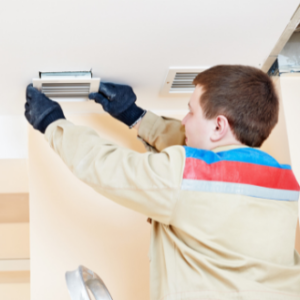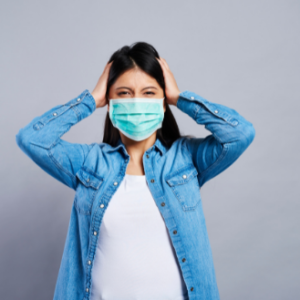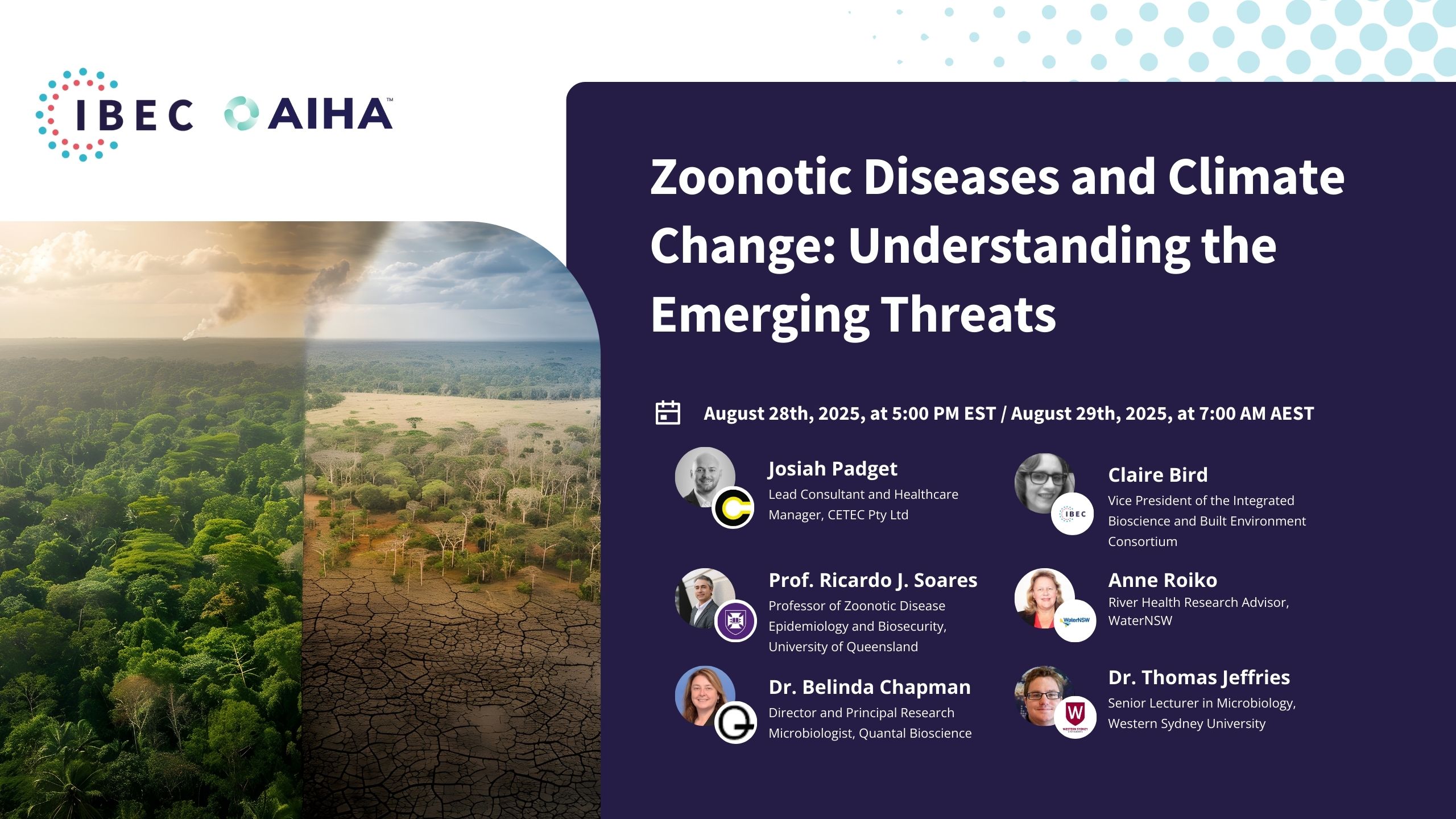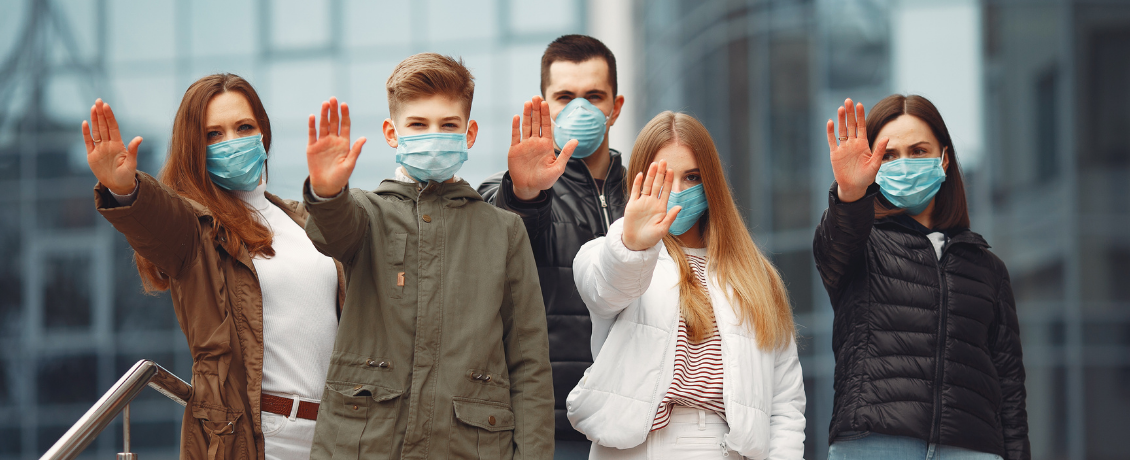
This is an extract from our August CLEAN Lessons Learned session “Getting Serious About Airborne Infection Transmission” where Dr. Lidia Morawska gave a presentation about the airborne nature of the COVID-19 virus and others.
It is not a secret that these past couple of years have been challenging.
COVID-19 took the world by storm, and for some time, we didn’t know how the world would recuperate from the hard-hitting pandemic.
Today, we have a clearer understanding of the issue, thanks to the scientists who have dedicated their work to understanding how the virus works and how COVID-19 can be controlled.
At our August CLEAN Lessons Learned session, “Getting Serious About Airborne Infection Transmission,” Dr. Lidia Morawska discussed what lies ahead in a world beyond COVID-19.
Keep reading for a take on how to move forward.
Getting Serious About Airborne Transmission
It is important to remember that there are solutions, and we must think beyond COVID-19.
To bring the word to this realization, Dr. Morawska and her colleagues published a paper in May 2021 called “A paradigm shift to combat indoor respiratory infection.”
There needs to be a conversation about how we can start to get serious about airborne transmission. To do so, Lidia Morawska proposes the following steps.
Step #1: We Need a Paradigm Shift
In the first place, we need a paradigm shift in how our buildings are designed, equipped, and operated to minimize all air risks, including airborne infection transmission.
What are all the risks?
We may be focusing on airborne transmission due to the surge of COVID-19. However, there are more air risks in buildings we also need to take into consideration.

There are pollutants generated inside from anthropogenic sources, which we need to remove from the indoor space.
There are pollutants from the outdoors, like bushfires or car emissions, which we also need to control.
At the same time, we need to ensure thermal comfort. And if we closed out the building too much, then different issues like dampness and mold could arise.
All this has to be considered during the building design of the HVAC system in terms of building operation.
Another important thing is keeping energy demand in as a part of this equation; we can’t just increase ventilation at any expense; we need to do it intelligently. We need to minimize energy demand.
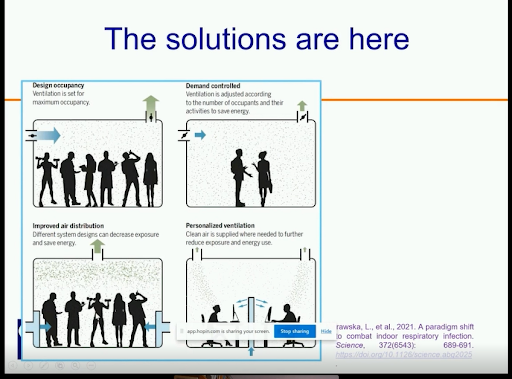
The solutions are there, as schematically presented in this diagram.
- We need to design the interior for expected occupancy.
- We need to control if the occupancy is higher than designed for and think about distributing the airflow.
- We can talk about personalized ventilation where even less air would need to be delivered to secure clean air.
Step #2: The Economy
The second step is minding the economy. This is a difficult step because it is expensive. However, the perception needs to shift to a realization that the economic cost of the impacts of indoor air pollution by far exceeds all other charges.
The cost of COVID-19, as reported a few months ago, was assessed as one trillion dollars monthly. As well, the costs of other transmissions pre-COVID (like influenza) were fifty-nine billion dollars in the US.
Step #3: Standards
These things will not happen voluntarily, and this is why it’s so important to have ventilation standards.
We must develop ventilation standards to explicitly consider health and infection control in their statements of purpose and definitions.
Once this is added to the planning, then everything else will follow.
Conclusion

The image above was taken while the 1918 flu killed millions.
This happened and then faded away from collective memory.
Could the same happen with COVID?
The scary thing is that it is already happening. However, everybody in this space is working hard on a paradigm shift in combating respiratory infections in general.
Just as Edwin Chadwick created the 1842 Sanitary Report, which revolutionized the world, and now we cannot imagine a world without centralized sewage systems. Hopefully, there will be a time in future generations that would not imagine times without clean indoor air.
What can you do today to start making this paradigm shift?
Related Blogposts
Top Guidelines To Follow In The COVID-19 Era
This is an extract of our CLEAN Lessons Learned September session: Resilience, Recovery, Return: Getting back to School Confidently and Safely. To have access to…
COVID 19 Crisis Response, Mental Fatigue & Resilience
This is an extract from our October CLEAN Lessons Learned session “Reducing Exposure to COVID-19: The Human Factors” where Dr. Melissa Marot gave a presentation…
- « Previous
- 1
- 2
- 3

